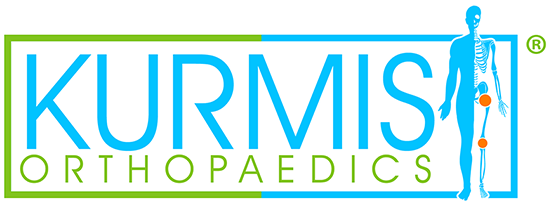17th-23rd September
Have you ever felt unsteady when standing on one leg or walking on an uneven path? If yes, your body’s “postural balance” may be challenged. More often than not, we take our balance for granted, but this complex yet wonderful system is what keeps us steady when we stand, walk, run, and, for some, perform interesting balance tricks like the lady in the picture below.
We, as individuals, move through space without thinking much about how we can maintain an upright position or walk in a straight line. These movements are possible because of our ability to balance automatically.

Balance can be described as the ‘ability to stay upright or stay in control of body movement’. It requires an individual to distribute their weight in a way that lets them stand or move without falling. There are two types of balance: static and dynamic. Static balance maintains equilibrium when stationary, while dynamic balance maintains equilibrium when moving. We use our eyes, ears and ‘body sense’ to help maintain our balance.
Good balance requires the coordination of several parts of our body: our inner ears (vestibular system), our eyes (visual system), the ‘body sense’ receptors in our muscles and joints (proprioceptive system) and our brain and spinal cord (nervous system).
Our eyes provide visual feedback about where we are in space. Our ears coordinate movement between our eyes and head and provide important information about the motion and position of our head in space. Other nerves convey signals about the position of our body from our muscles and joints. Our brain processes all these different sensory signals, which then send messages back to our nerves, muscles, and joints to help us keep our balance. Problems with any one of these systems can affect balance.
So you can see that our complex balance system has many different parts, which means it can be affected by many conditions.
Some of these conditions include:
- Stroke, Multiple Sclerosis, Parkinson’s disease, and other disorders of the central nervous system
- Conditions that originate in the inner ear, such as Meniere’s Disease, Benign Paroxysmal Positional Vertigo, vestibular neuritis and many more
- Cataracts, macular degeneration, and glaucoma
- Weakness in major muscles, particularly the ankle, thighs, abdomen, and back
- Stiffness in the lower limb, especially the ankle
- Nerve damage in the legs and feet (peripheral neuropathy).
Other things can also influence balance, including:
- Medications: including anti-depressants, drugs for anxiety, pain medication, sleeping pills and some heart and blood pressure medications.
- Alcohol: which slows reaction time and affects judgment and coordination.
- Age: as we grow older, the systems related to balance (visual, vestibular, and proprioception/somatosensory) deteriorate. For example, visual depth perception diminishes with age, so one cannot quickly identify the rise and fall of an uneven walking surface. There is also a reduced capacity for seeing in poorly lit environments.
Although it’s typical for balance to diminish slightly with age, there are things you can do to improve it. For example:
- Review your medications with your doctor to consider if one of them is contributing to poor balance.
- Have regular eye checks/ optometry reviews.
- Participate in physical activities that help to maintain or improve balance. For example:
- Tai Chi (a series of fluid, choreographed movements and poses) can target your balance while building muscle strength and stamina.
- Yoga can improve your flexibility and ability to hold your body steady and perform disciplined movements.
- Pilates exercises can help build strong core muscles and improve flexibility, both of which are essential for good posture and balance.
- Strength training—using free weights, machines, bands or simply your body weight through activities like stair-climbing, walking, and cycling can all assist with improving balance.
- There are also specifically designed balance exercises that can be performed at home. A physiotherapist can prescribe these exercises for balance targeted to your fitness level and needs.
In addition to the above general strategies to improve balance, specific vestibular (inner ear) conditions can also negatively impact our balance. Symptoms associated with vestibular disorders can be described as a sense of true vertigo (feeling as if the world is spinning) or dizziness, feeling off-balance, falling or stumbling, feeling as if you are ‘floating’, or ‘light-headed’ or suffering from blurred vision, disorientation or fatigue.
These symptoms can interfere with many daily activities, such as walking, driving, working or enjoying recreational activities (such as in busy environments like supermarkets, shopping malls or cafes). Hence, awareness, early diagnosis, and appropriate treatment for such conditions are essential.

The Balance Awareness Week ( BAW) from 17th September to 23rd September was pioneered by VeDA (Vestibular Disorder Association) in 1997. We want to extend this awareness in our community further and share the vision described by VeDa to help and support friends, family and neighbours suffering from balance disorders.
If you have dizziness or imbalance symptoms or would like to improve your balance, don’t hesitate to contact our team.
For more information or to book an appointment, please call The Physio Clinic on 8342 1233.
Written by Samantha David | Senior Physiotherapist at Prospect























